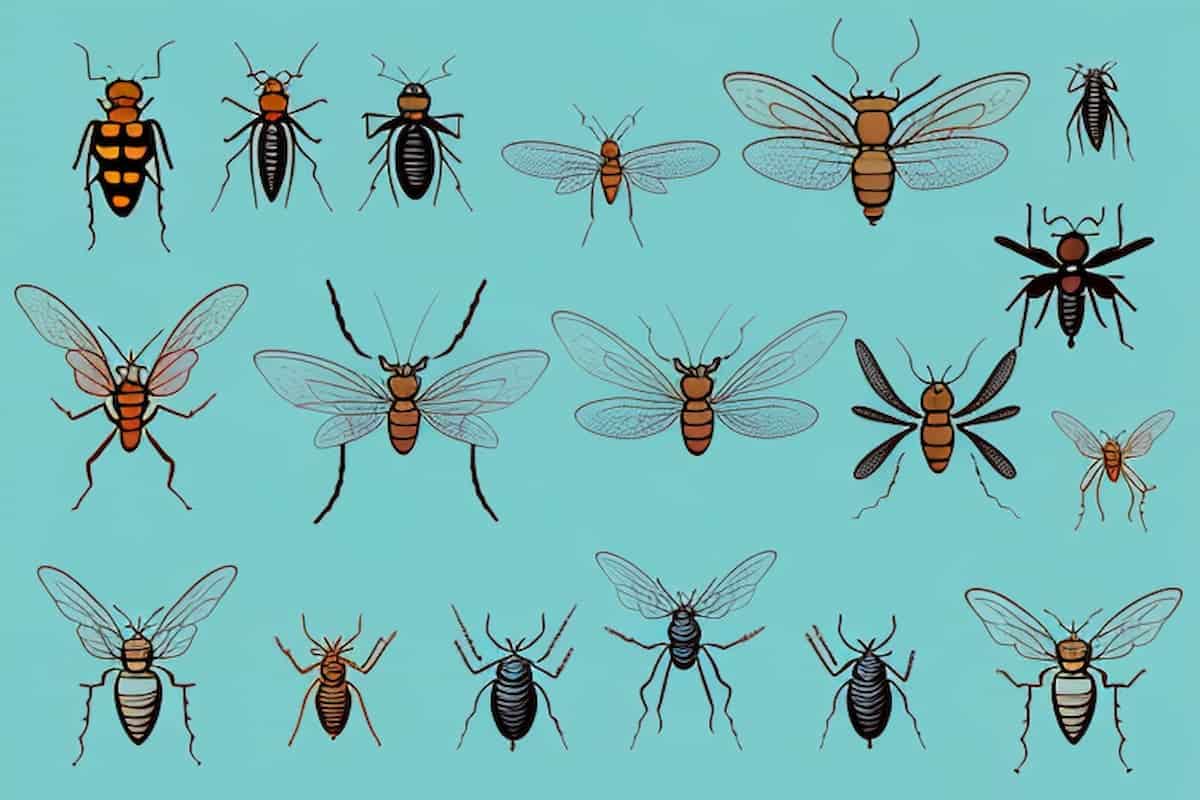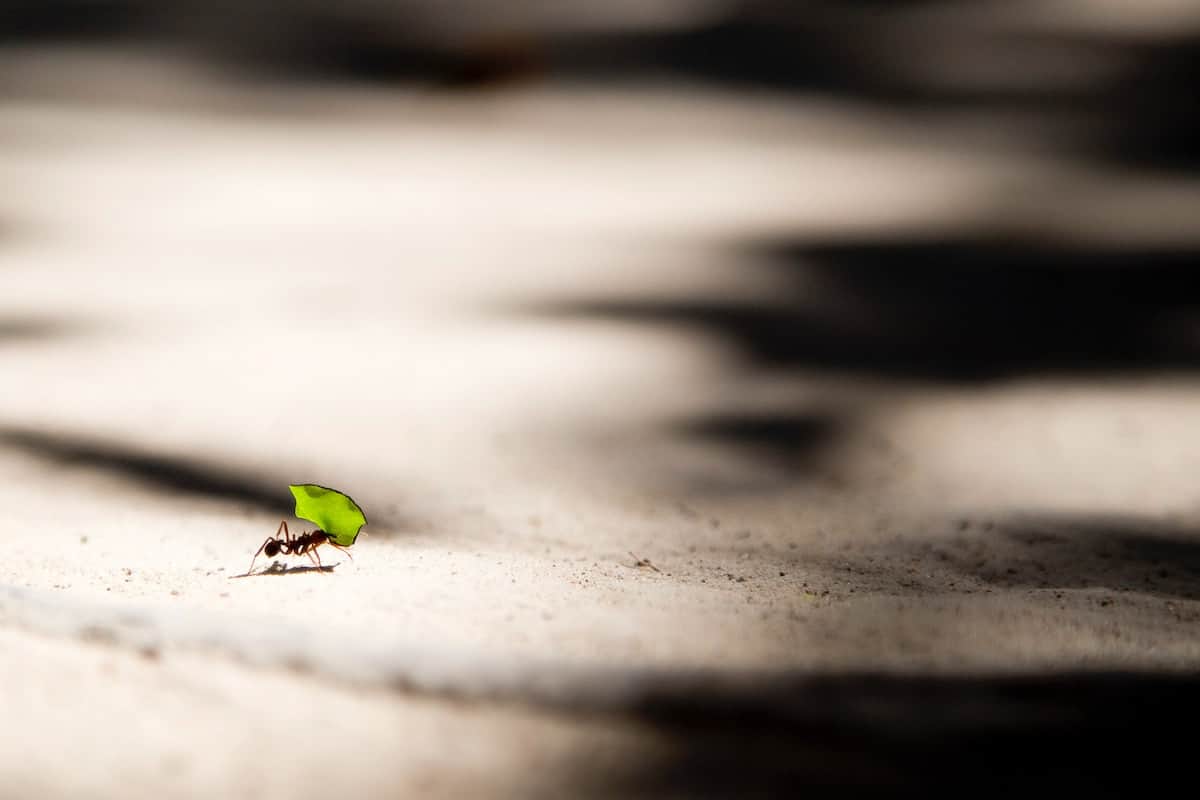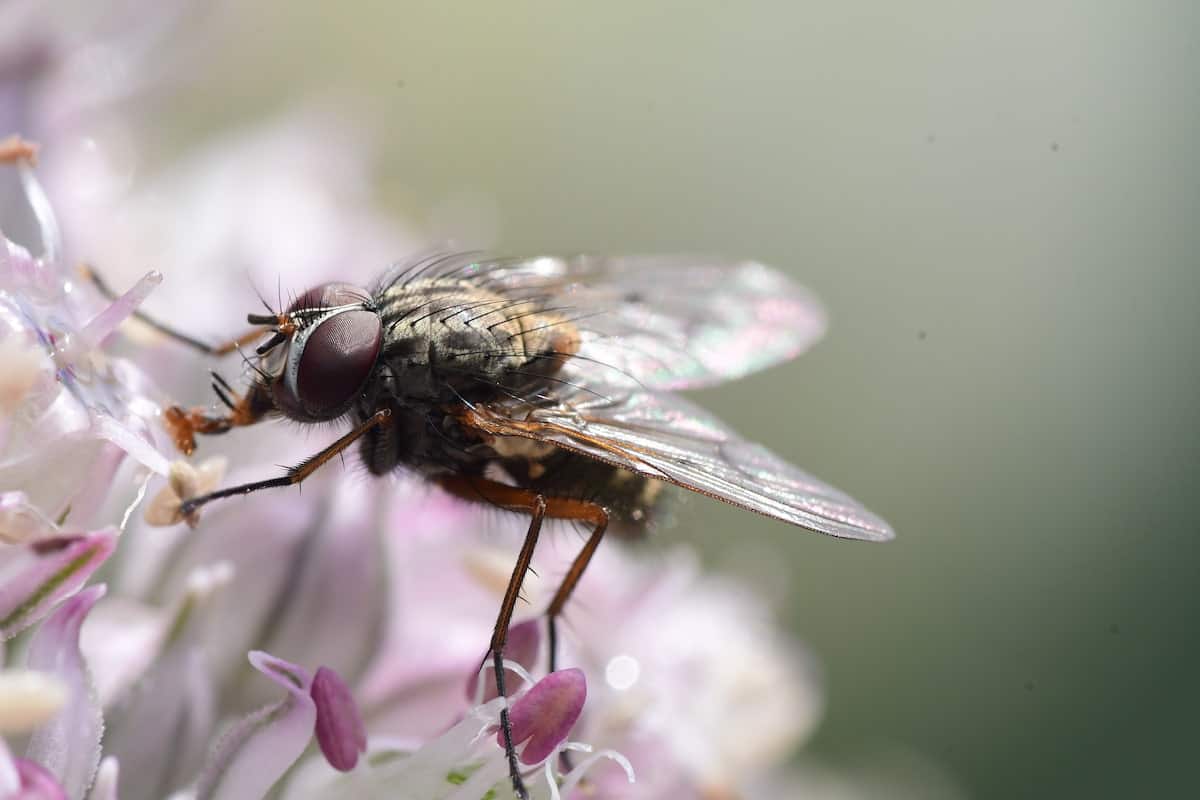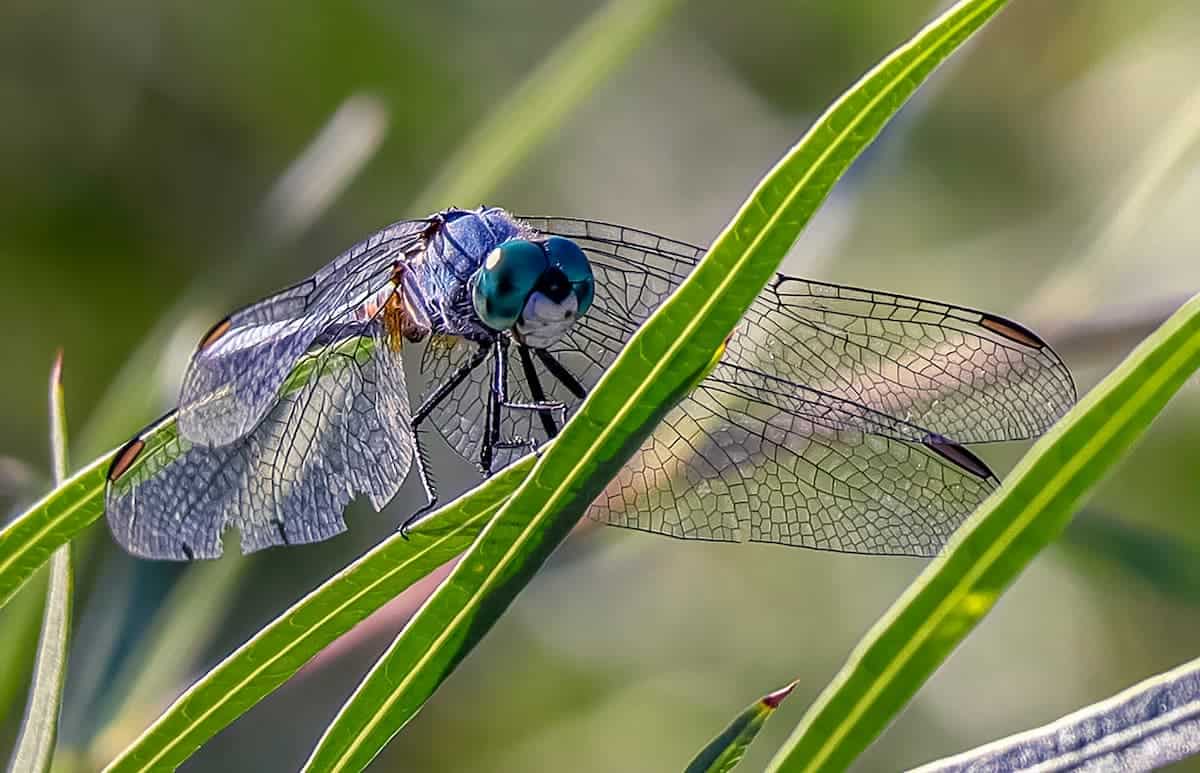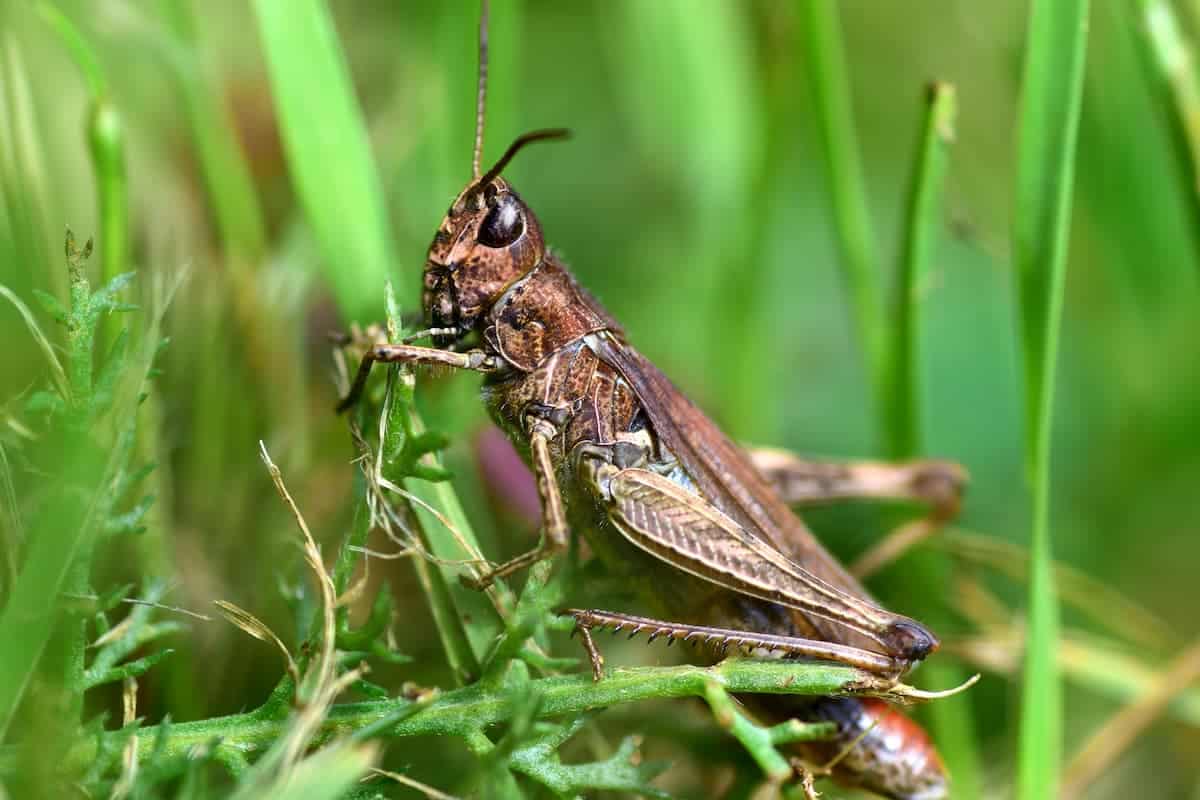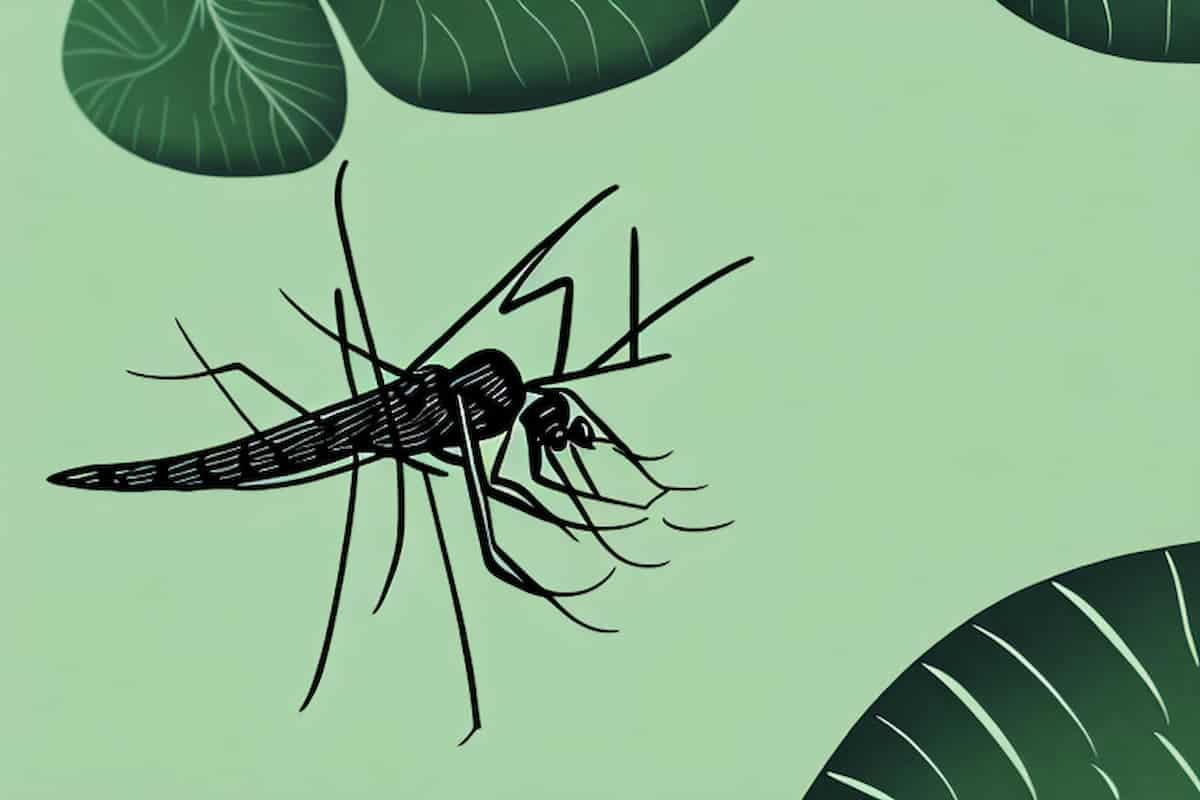We may think of insects as these simple, ever-active creatures that non-stop scurry around, but do bugs really never sleep? While sleeping humans are relatively easy to observe, studying insect sleep is a far trickier business, as these small organisms are often hard to locate and monitor. Read on as we explore the sleeping behaviors of these tiny creatures.
What Do We Know About Insect Sleep?
The current research about insect sleep indicates that insect species may nap for a short period of time, but rarely engage in truly deep sleep. Typically, insect sleep is a state of quiet rest rather than the sustained shut-down period humans experience. Though great strides have been made in understanding insect sleeping behavior, there is still much to be learned about these small creatures.
Recent studies have suggested that the amount of sleep insects get may vary depending on the species and the environment they live in. For example, some species may sleep more during the day when it is hot, while others may sleep more at night when it is cooler. Additionally, some species may sleep more during the winter months when food is scarce, while others may sleep less during the summer months when food is plentiful.
The Role of Light in Insect Sleep Patterns
Because of their small size and short life spans, insects have adapted to the sun’s natural cycles to guide their day-to-day decisions. As a result, the light of day is often the primary factor influencing when insects sleep. Studies show that different species and genders of insects respond to light differently. For example, crickets in the lab typically become inactive when exposed to light, while female moths often become alert and active when exposed to light.
In addition, the intensity of the light can also affect insect sleep patterns. For instance, some species of moths have been observed to become more active when exposed to brighter light, while other species become more active when exposed to dimmer light. This suggests that the intensity of the light can be used to manipulate insect behavior in certain situations.
How Long Do Insects Sleep?
Insects usually engage in short, intermittent bouts of sleep, lasting anywhere from a few minutes to several hours. However, some species are known to sleep for entire days or nights at a time. For instance, the common European honeybee can sleep for up to nine hours at a time. The amount of sleep an insect gets often depends on its age and living environment.
Insects also have different sleep patterns depending on the season. For example, some species may sleep more during the winter months, while others may sleep more during the summer months. Additionally, some insects may even hibernate during the winter months, which is a type of extended sleep. Regardless of the season, insects need to get enough sleep in order to stay healthy and active.
What Are the Benefits of Insect Sleep?
Like with humans, sleep plays an important role in an insect’s physical and mental health. Studies suggest that insect sleep is important for memory and learning, allowing the insect to carry out its daily activities with greater accuracy. Sleep also conserves energy and strengthens immune systems, making insects better suited for environments filled with predatory animals and other dangers.
In addition, insect sleep can help regulate the insect’s body temperature. During the day, insects can become overheated, so they use sleep to cool down and conserve energy. Insects also use sleep to rest and recover from the physical exertion of flying and other activities. Finally, insect sleep can help the insect to better process and store information, allowing it to remember important details about its environment and the food sources it needs to survive.
Different Types of Insect Sleep Patterns
When it comes to insect sleep patterns, there is more than meets the eye. Different species use different methods for getting rest. Butterflies and moths typically sleep with their wings closed and tucked inwards. Bees, on the other hand, line up with the other bees for heat conservation and lower their metabolism for rest. Other species, such as cockroaches, actually lie down on their sides when sleeping.
Investigating Different Species of Insects and Their Sleep Habits
Researchers have made great efforts to better understand how certain insect species sleep. Studies have looked at a variety of species, including cockroaches, Caterpillars, moths, flies, bees and ants. Through tracking individual insects with cameras and tracking devices, they were able to pinpoint various sleep behaviors, such as nest building or perching. These studies are helping us to get a fuller picture of insect sleeping habits.
The Impact of Temperature on Insect Sleep Habits
Insects can also be greatly affected by environmental temperature. Studies have shown that when temperatures are low, such as during the winter months, some insects hibernate for extended periods of time. In addition, when temperatures rise during summer months, activity increases in order to avoid the heat. These extreme conditions often affect insect sleeping patterns, as well as their sleeping habits in general.
How Do Insects Wake Up After Sleeping?
Insects typically wake up after sleeping via a process known as ‘Twitching.’ This process involves the simultaneous contraction of several muscles in order to make small jerking movements that alert the insect to its surroundings. This jerky motion then helps the insect orient itself in its environment and begin its daily activities.
Conclusion: Do Bugs Really Need to Sleep?
To put it simply, yes– bugs do need to sleep! Though their physiology may be different from that of humans’, insects play an important role in the environment and thus require rest in order to enact their typical behaviors. While scientists are just beginning to piece together a better understanding of insect sleeping habits, the results of this research will likely have lasting implications not just for understanding these creatures better– but humans too.
